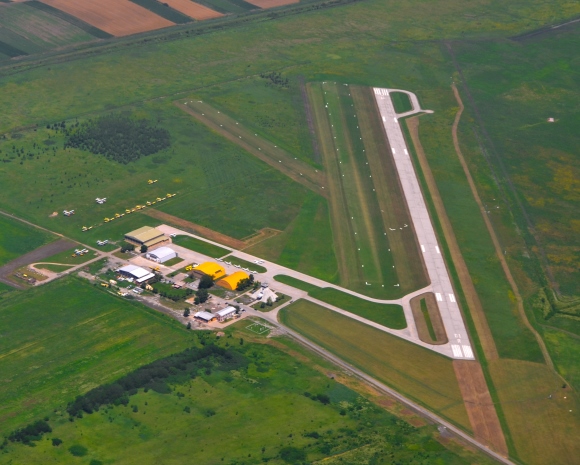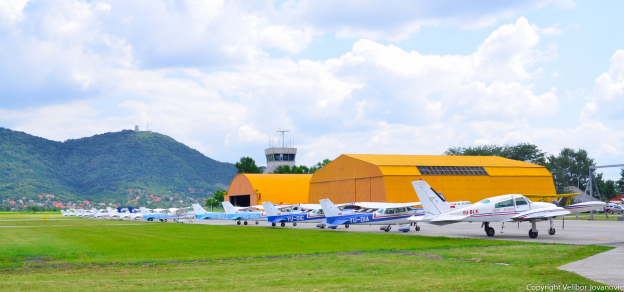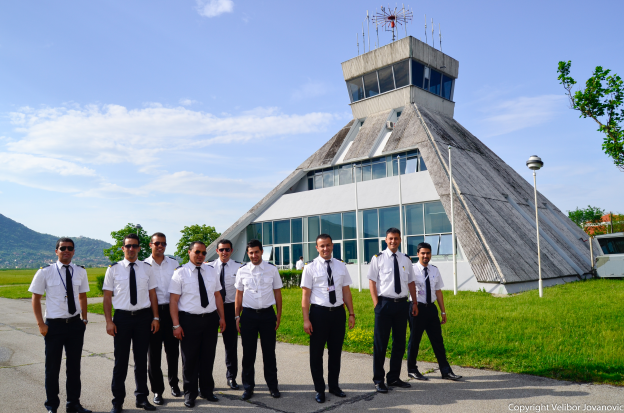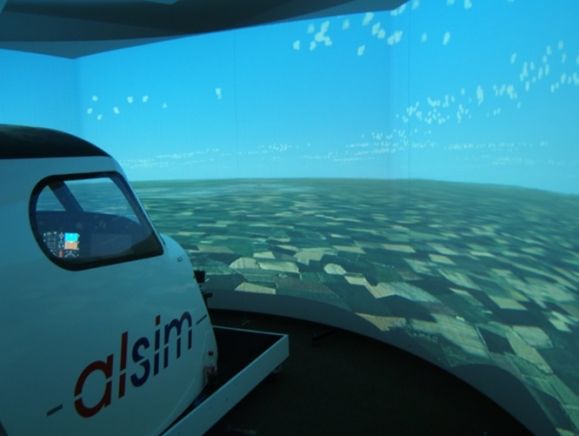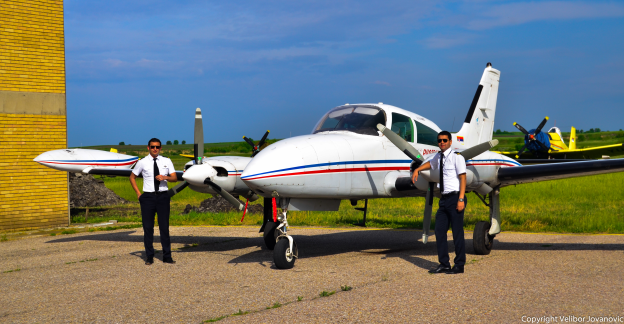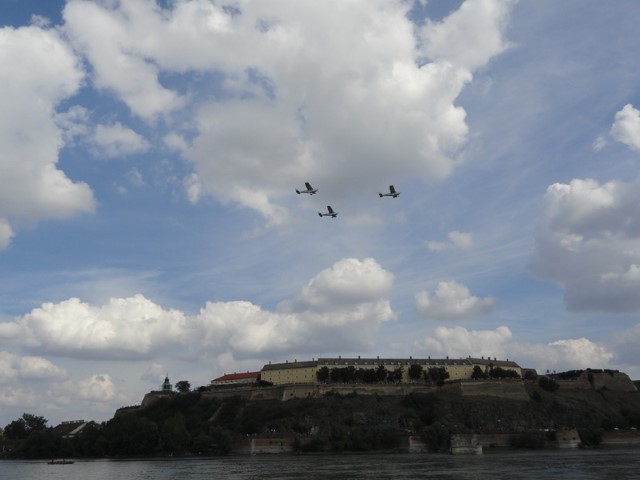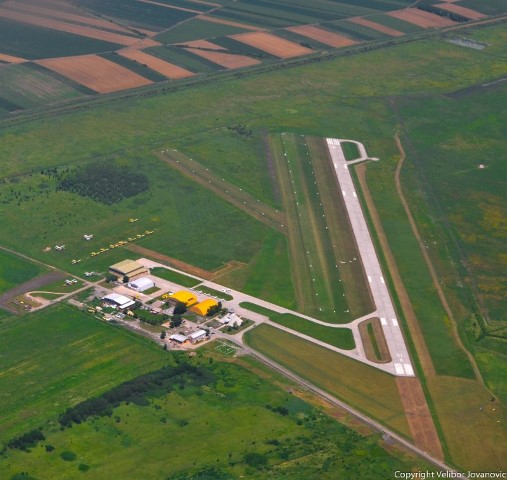
Home Mediji Record number of students enrolled at SAA
Record number of students enrolled at SAA
SMATSA Aviation Academy, in the September term, enrolled so far the largest number of self-financing students from France, Moldova, Slovenia, Bosnia and Herzegovina, Montenegro, Jordan, the United States, Great Britain and Serbia.
-
Menu
- News
- Gallery
- Video – Press kit
-
Publication time
-
2024
-
2023
-
2022
-
2021
-
2020
-
2019
-
2018
-
2017
-
2016
-
2015
-
2014
-
2013
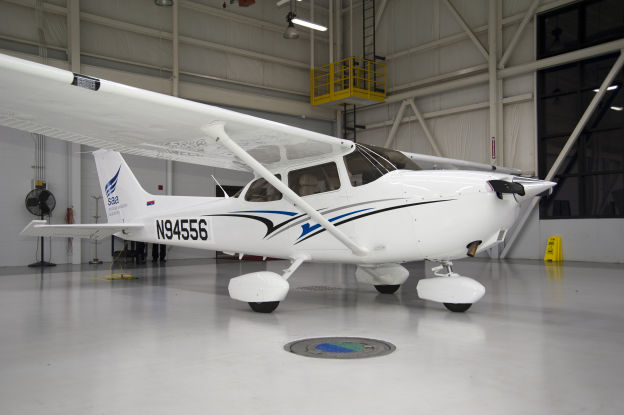
Record number of students enrolled at SAA
10.09.2013
SMATSA Aviation Academy in Vrsac held entry tests for admission of a new generation of self-financing students. 28 future students passed the entry tests. 27 were enrolled in a course for transport pilots ATP (A) and one will attend the private pilot (PPL) course. After the publication of the ranking list, the Agreements on Training were signed at the Academy. New SAA students are from France, Moldova, Slovenia, Bosnia and Herzegovina, Montenegro, Jordan, the United States, Great Britain and Serbia. The complete training, which starts in mid-October, will be organized in English. During the day, they have taken the entry tests in mathematics, physics and English language. An expert committee, composed of SAA teachers and instructors, held an oral interview with each candidate. A meeting was held with parents where they got all the answers to questions about the future education of their children. There are three girls among the new students. Serbia and Montenegro Air Traffic Services LLC (SMATSA) the owner of SMATSA Aviation Academy welcomed new students to the world of aviation wished them successful completion of studies.
SMATSA Aviation Academy (SAA) operates as part of Serbia and Montenegro Air Traffic Services Agency (SMATSA), LLC. Flight Academy is located in Vršac, Serbia – some 80km northeast of Belgrade, SAA has over 40 employees, composed of experienced lecturers and flight instructors, management and administrative staff. SAA was founded in 1954 and trained more than 2000 pilots who now fly in airlines around the world . We have our own airport on 300 acres, three runways, a control tower equipped with the latest technology and 1,700 square kilometers of airspace.
The SAA has a fleet of 20 aircraft:
– 8 brand new Cessna 172 S with four seats, with the cruising speed of 122 knots
– 10 Cessna 172 N with four seats, with the cruising speed of 122 knots
– 2 Cessna 310 T with four seats, with the cruising speed of 191 knots
– 1 ALSIM ALX FNPT simulator, which is technologically so advanced that one hour of simulator training equals to one hour of real flying.
SMATSA Aviation Academy offers two types of courses to future pilots:
Modular training is best suited for candidates who wish to obtain their professional license in several steps. This approach offers more flexibility and it appeals to those who already have a job or a family, and want to progress gradually where training duration is not a primary concern.
Integrated training is tailored for those who want to become professional pilots as quickly as possible. This approach requires constant (whole day) presence of the candidate at the Academy for both theoretical and flight training. Integrated training approach greatly reduces the training duration and the longest program of this type lasts approximately from 18 to 24 months.
The Academy has its own Control Tower.
SMATSA Aviation Academy has the authority from the Serbian Civil Aviation Directorate (CAD) of the Republic of Serbia to carry out and organize integrated and modular courses in accordance with European regulations JAR – FCL 1. When obtaining license from SMATSA Aviation Academy, the pilot can fly the aircraft in any EU country without any additional training.
Training of the air traffic control officers is conducted at the accredited SMATSA training centre according to the defined and approved training plans and programmes. Training plans and programmes differ depending on the type of license/rating requested, i.e. whether the trainee is trained for work at the airport, approach or area air traffic control unit. Irrespective of the type of license/rating, the training is comprised of the theoretical and practical part.
In SMATSA Aviation Academy trainings of the air traffic controller is compliant with the latest international practices and requirements posed by EUROCONTROL, ICAO and European regulations.
2100 controllers have received licences since 1967.
Pilots and air traffic controllers are required to achieve and maintain ICAO level 4 English language requirements. Our training programmes are specially tailored to prepare students to meet this requirement by passing the Test of English for Aviation (TEA) exam.
We offer English for Aviation classes at both of our campuses, Vrsac and Belgrade, allowing you to complete your English training at the same place you will have your flight or ATC training.
Courses for professional pilots:
ATP (A): 18-24 months
CPL (A) / IR: 18 – 24 months
CPL (A): 4 – 6 months
ATPL (A) Theoretical Knowledge: 5 – 6 months
ATP (A) for PPL holder: 7 – 8 months
ATP (A) for CPL IR holder: 4 – 5 months
MCC (A): 3-4 weeks
Courses for private pilots
PPL (A): 2 – 3 months
